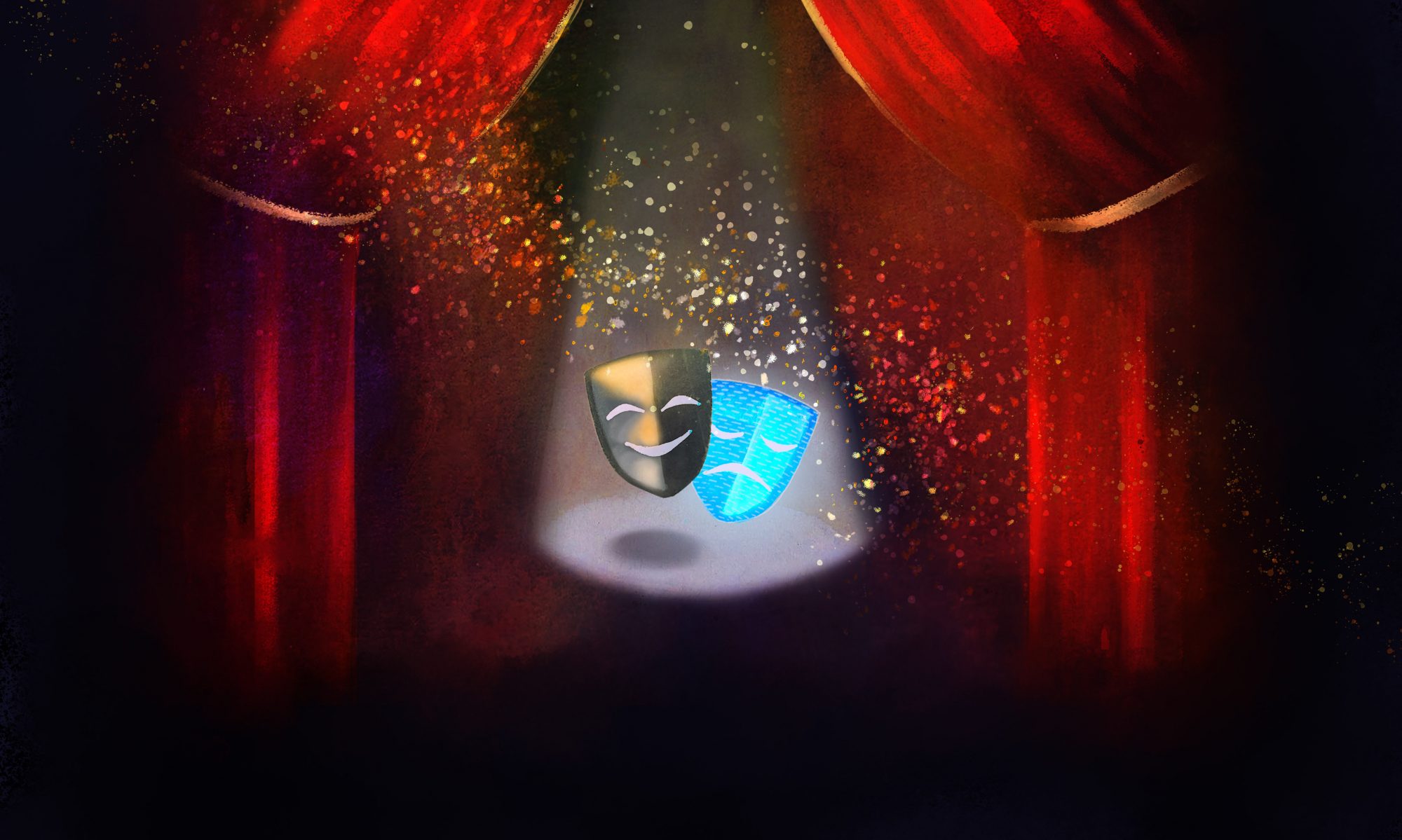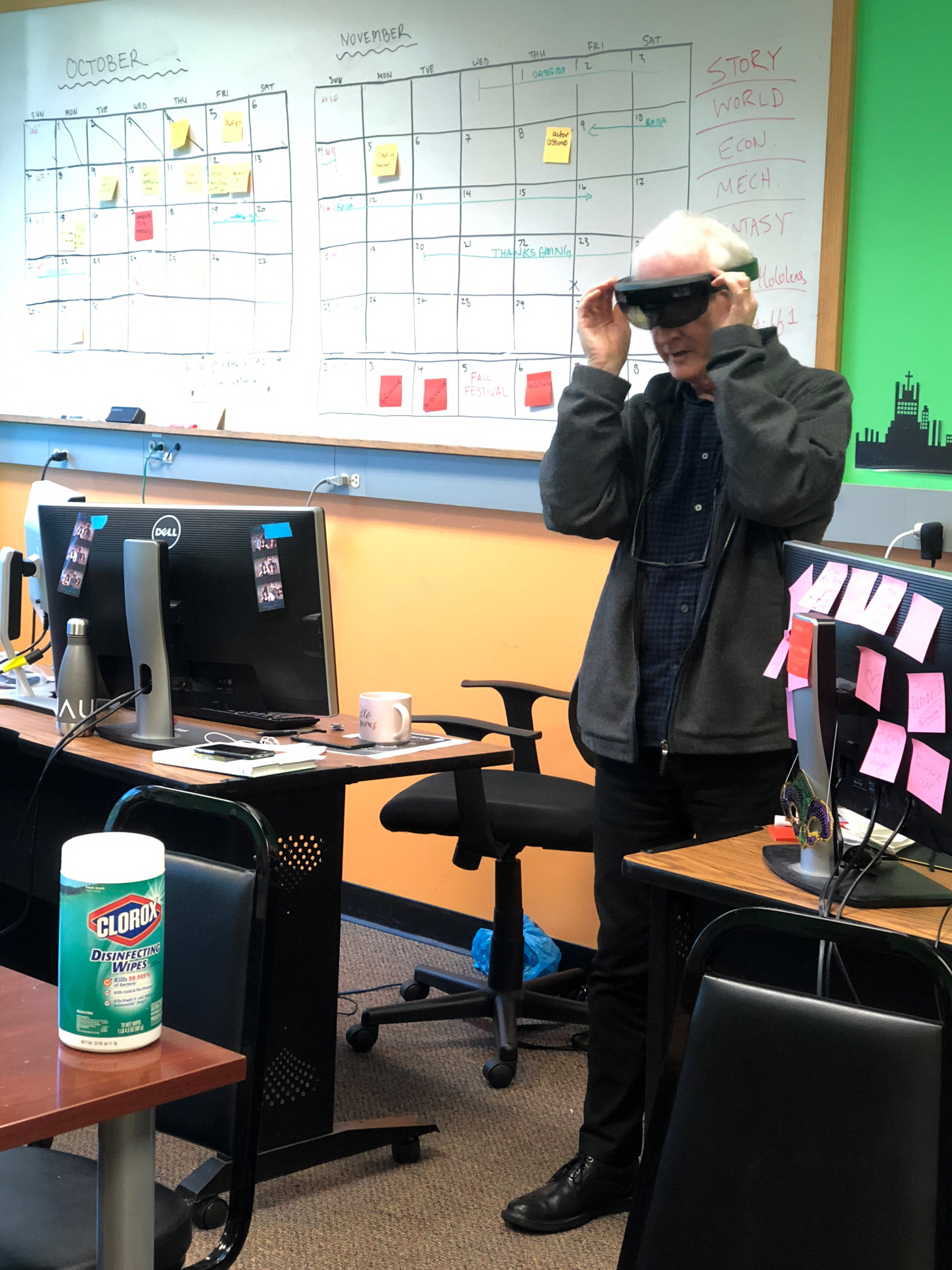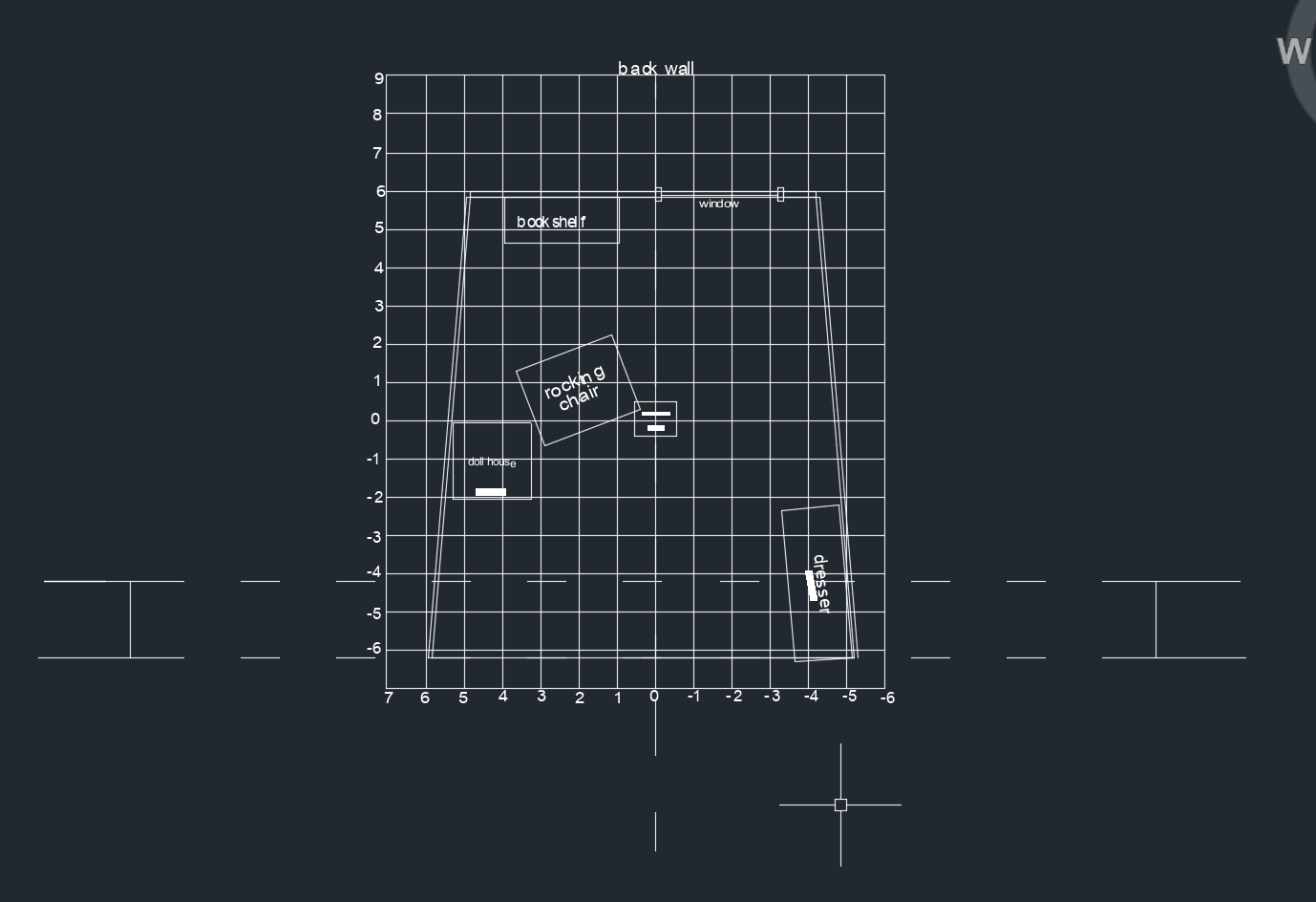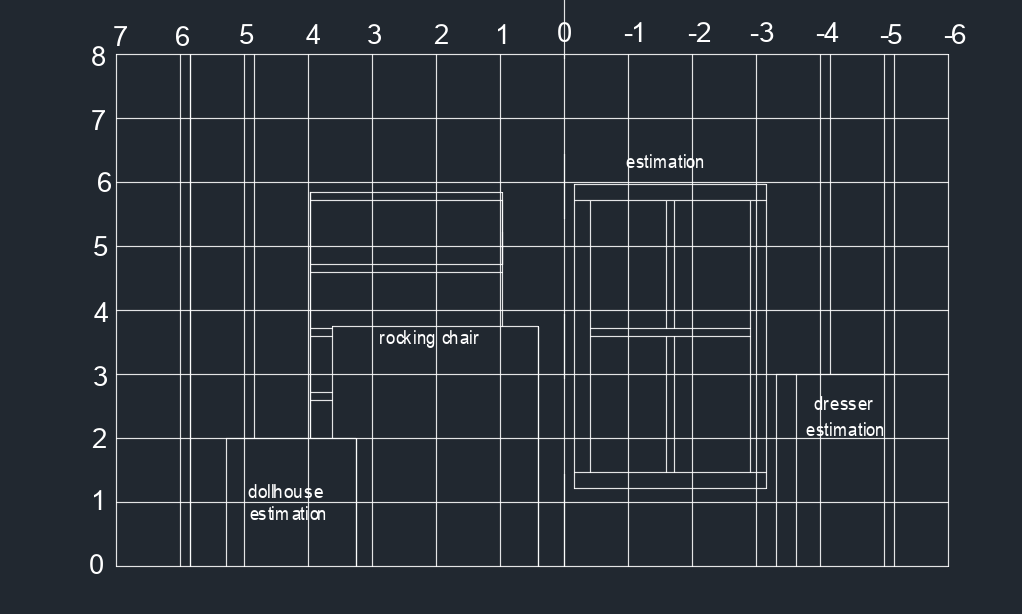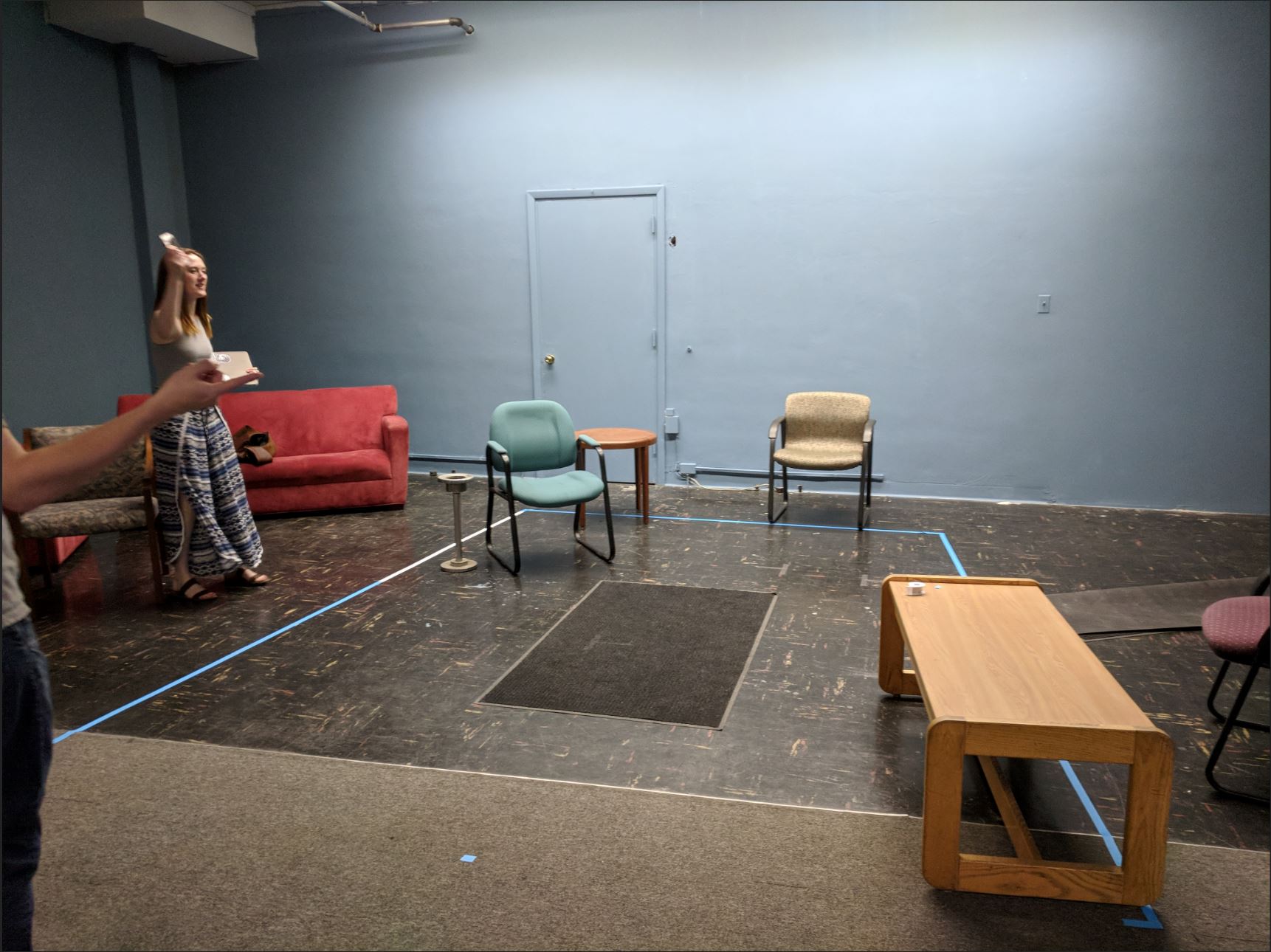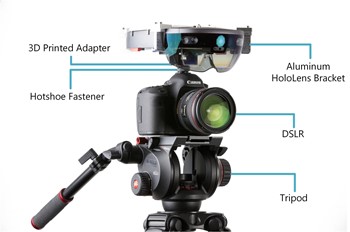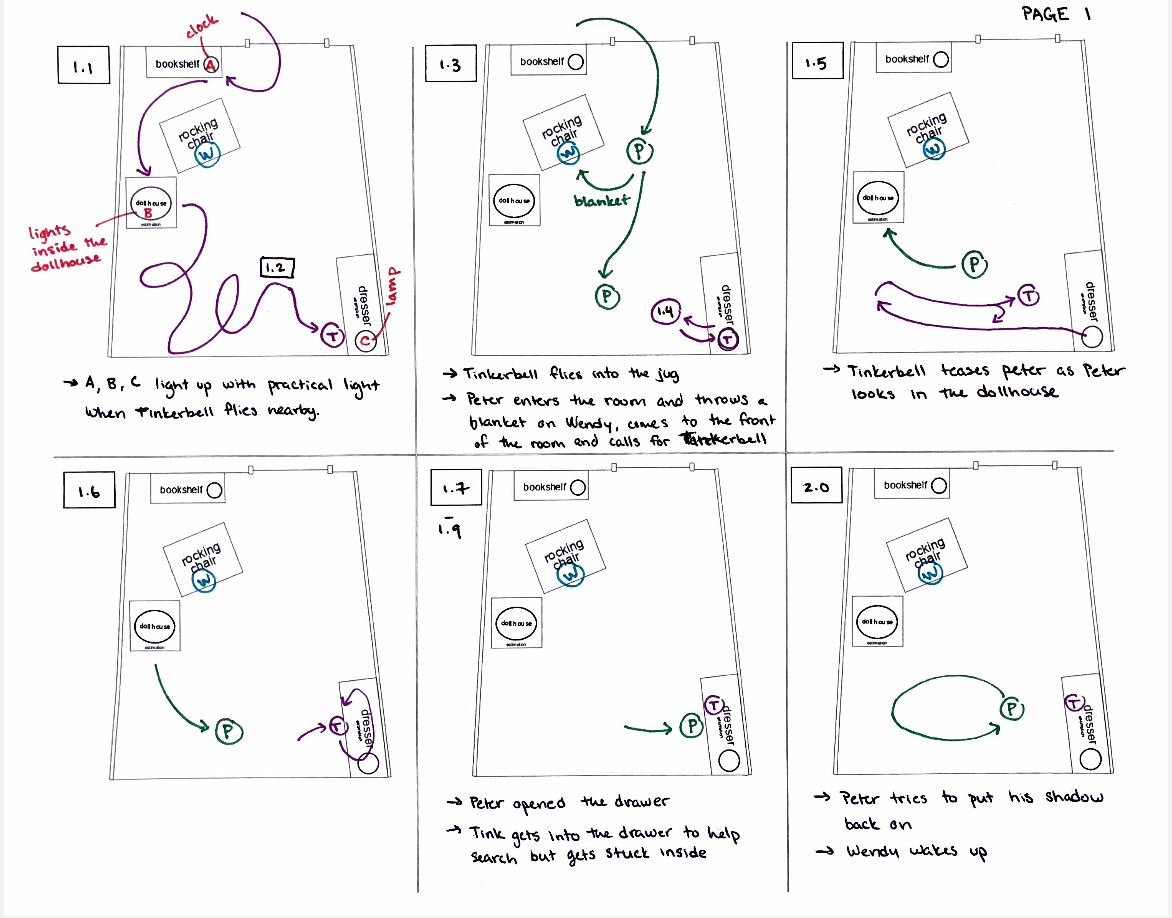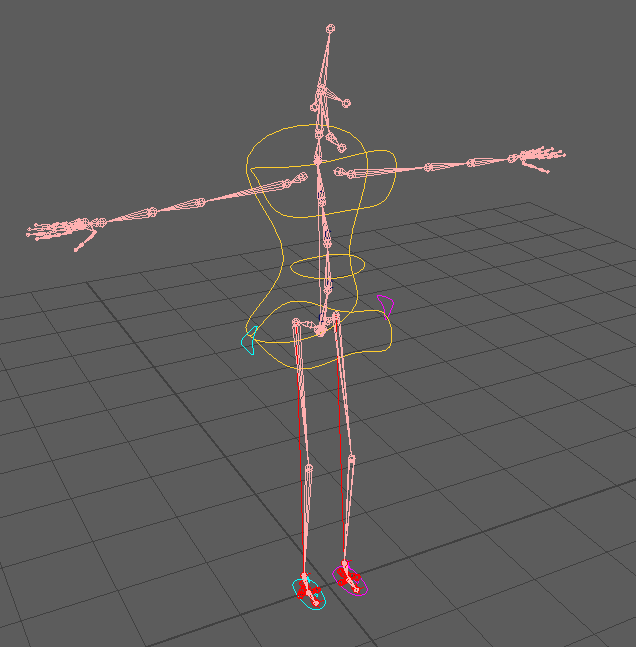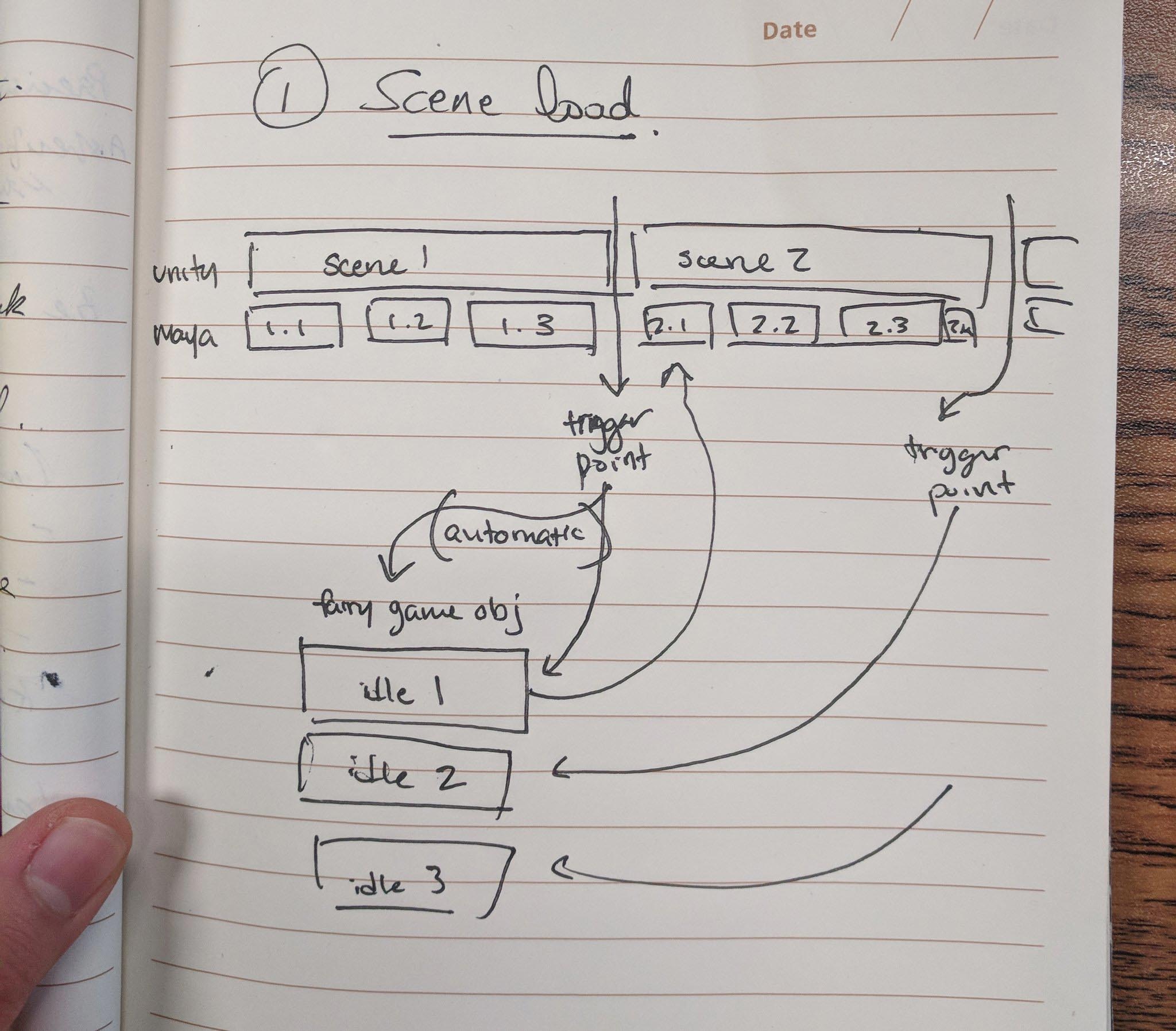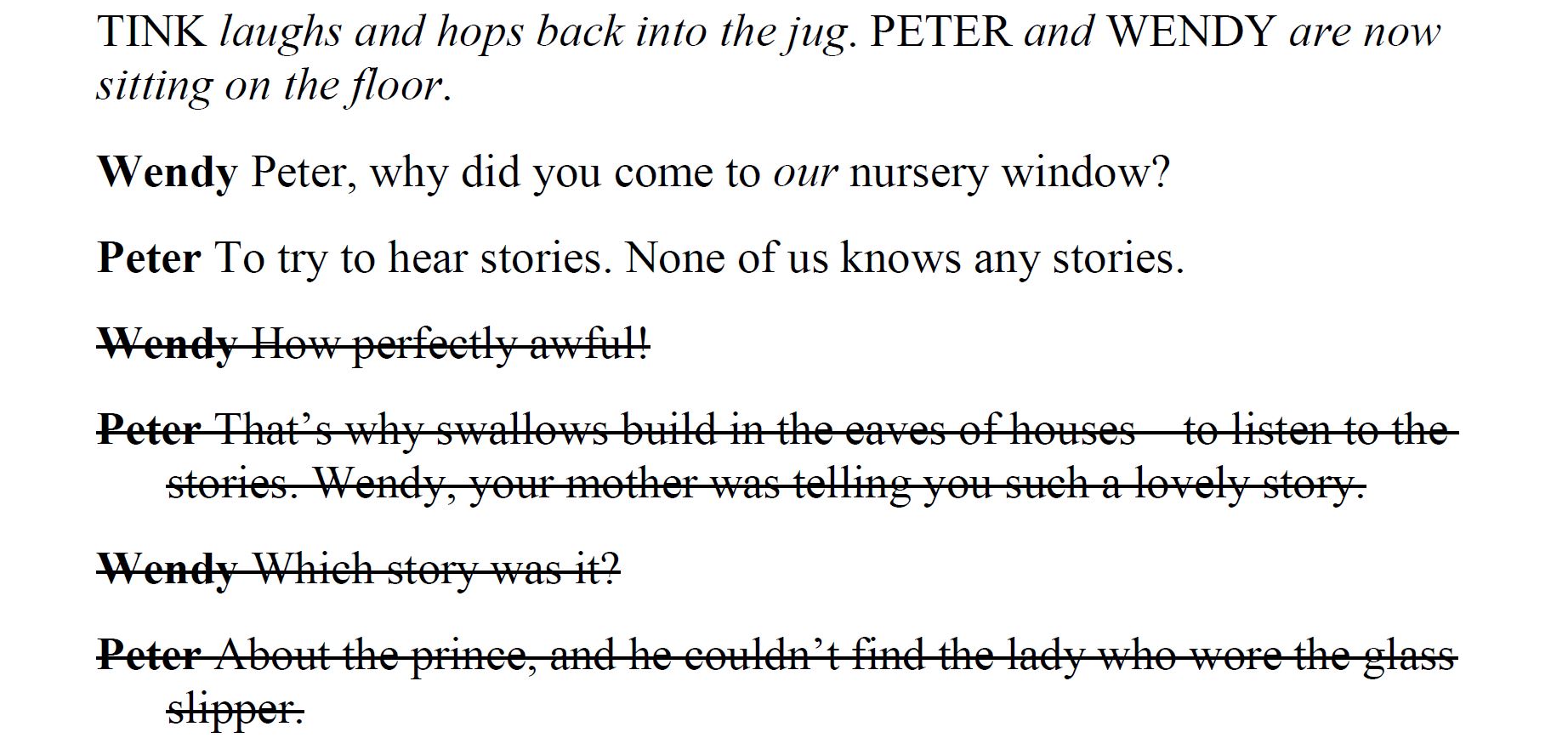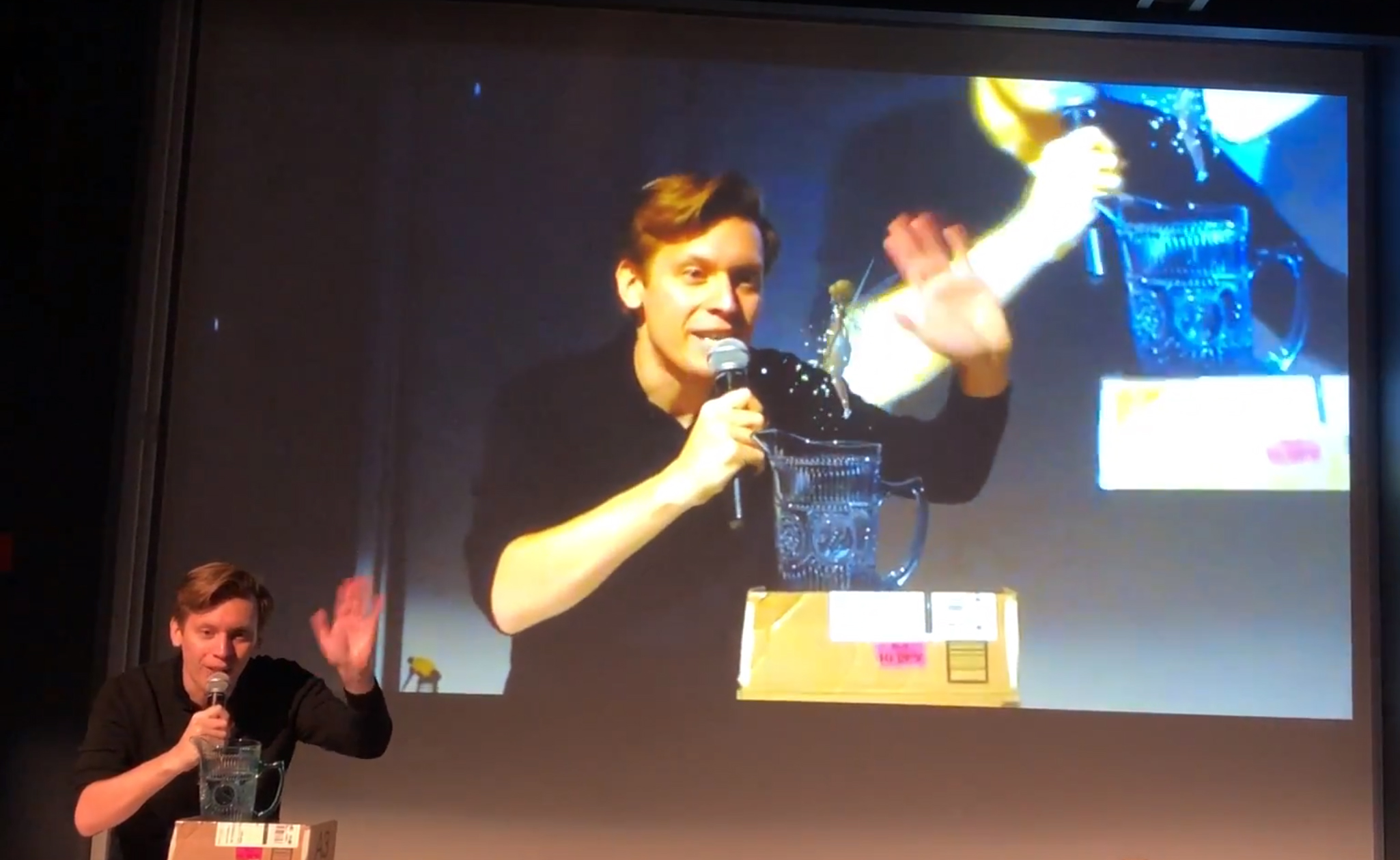
This past Wednesday our team presented to the ETC faculty and student body, showing off the work we’d accomplished to date.
The highlight for most was a live demo that showcased the crux of what we’ve been working on—it featured a real actor (in this case, a stand in for a real actor) looking at and talking to Tinker Bell, and her in turn responding, followed by her interacting with a physical prop that will be used in our set.
Proving that we could make all of these elements come together was crucial to the project’s viability and gives us confidence as we push forward throughout the remainder of the project. With the essential problems of the project addressed, we now can focus on creating the rest of the content knowing that it will, at its core, actually work.
Here’s what else happened this week:
Set Design: Lights for both practical effects and for actor cueing have been ordered. Labor has been contracted to build the walls of the set. A layout for where all cueing lights will be placed on set has been created.
Programming: Aside from the borderline-heroic work of getting the live demo to happen, a decision has been made to move away from Vuforia (and its associated image markers) in favor of spatial mapping and manual marker placement.
Animation: With the rig finally ready (thanks, Sahar Kausar!), we’ve been able to block out Tink’s general flight path in Unity, which is the first step to ensure that she’s ready to work with our human actors. Next week the rig will be updated to include cleaned up weight painting, finger controls, facial expression blenders, and adjusted wing control.
Misc. Production: We are working with a sound designer (Anthony Stultz) for Tink’s sound effects and “dialogue,” so we met with him and had a conversation about what we hope everything to sound like and how we’ll integrate them into the show. We also met with our actor playing Peter (Will Harrison), to get his measurements for his costume as well as onboard him into the whole process of how this is all going to work.’
Finally, we updated our production schedule. Wish us luck!

